Trading with Intermarket Analysis: A Visual Approach to Beating the Financial Markets Using Exchange-Traded Funds
$26.31
| Author(s) | |
|---|---|
| Format |
|
| Pages |
248 |
| Publication Year |
2013 |
In Trading with Intermarket Analysis, John J. Murphy, former technical analyst for CNBC, lays out the technical and intermarket tools needed to understand global markets and illustrates how they help traders profit in volatile climates using exchange-traded funds. This book provides advice on trend following, chart patterns, moving averages, oscillators, spotting tops and bottoms, using exchange-traded funds, tracking market sectors, and the new world of intermarket relationships, all presented in a highly visual way.
Introduction:
This book will review events since 2000 with a view toward demonstrating that the threat of deflation throughout the past decade has dominated most intermarket relationships, as well as Federal Reserve policy. The start of the commodity boom during 2002 was the direct result of the Fed’s devaluation of the U.S. dollar in an attempt to stem deflationary pressures (a technique that was also tried during the 1930s). One of the most important intermarket changes that will be described has to do with the changing relationship between bonds and stocks, which decoupled in the years after 1998. In the decades before 1998, rising bond prices supported rising stock prices. Starting in 1998, however, rising bond prices hurt stock values, which was a new phenomenon that became painfully evident from 2000 to 2002 during the worst stock plunge since the Great Depression, and again during the 2008 financial collapse.
A second intermarket change has been the increasingly close linkage between stock and commodity prices since the bursting of the housing bubble during 2007, which was also reminiscent of the deflationary 1930s. Since 2008, stocks and commodities have trended pretty much in lockstep. That’s because both are tied to global economic trends. The events surrounding the 2008 market meltdown reinforced another economic lesson having to do with the link between markets and the economy. The stock market is a leading economic indicator. Stocks usually peak and trough ahead of the economy. The Great Recession following the housing collapse started in December 2007 (three months after stocks peaked) and ended in June 2009 (three months after stocks bottomed). It was also the longest and deepest economic downturn since the Great Depression of the 1930s. No wonder the Fed started to use the same playbook that was used back in that earlier era.
Intermarket analysis is very visual. Although the relationships described herein are based on sound economic principles, and are backed up by correlation statistics, my approach relies heavily on being able to see those relationships on price charts. As a result, you’re going to see a lot of charts. The use of color graphics in this edition will make those comparisons a lot easier to see and a lot more striking. Rest assured that you won’t have to be a chart expert to understand the charts. All you’ll need is the ability to tell up from down. And an open mind.
Contents:
- Intermarket Analysis: The Study of Relationships
- Review of the Old Normal
- 1998 Asian Currency Crisis
- Intermarket Events Surrounding the 2000 Top
- The 2002 Falling Dollar Boosts Commodities
- Asset Allocation Rotations Leading to the 2007 Top
- Visual Analysis of the 2007 Market Top
- Intermarket Analysis and the Business Cycle
- The Impact of the Business Cycle on Market Sectors
- Exchange-Traded Funds
- The Dollar and Commodities Trend in Opposite Directions
- Stocks and Commodities Become Highly Correlated
- Stocks and the Dollar
- The Link between Bonds and Stocks
- The Link between Bonds and Commodities
Trading with Intermarket Analysis: A Visual Approach to Beating the Financial Markets Using Exchange-Traded Funds By John J. Murphy pdf
14 reviews for Trading with Intermarket Analysis: A Visual Approach to Beating the Financial Markets Using Exchange-Traded Funds
Clear filtersOnly logged in customers who have purchased this product may leave a review.

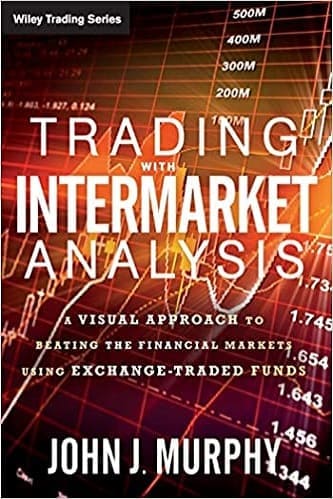

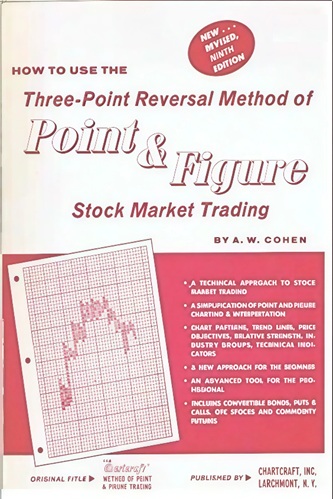
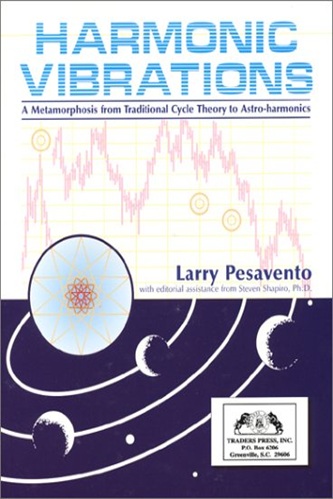

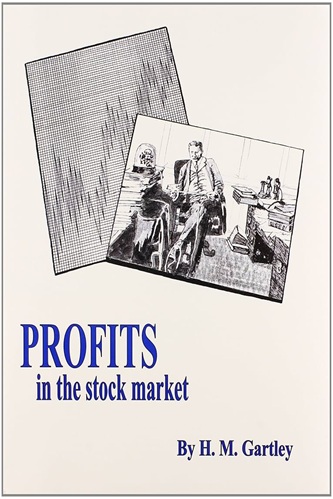
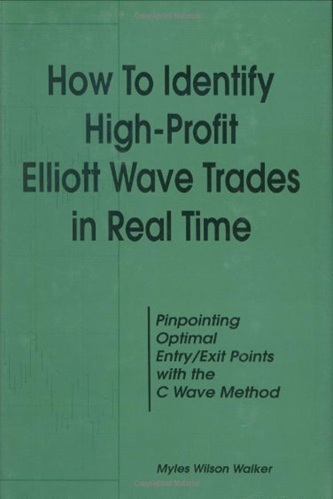

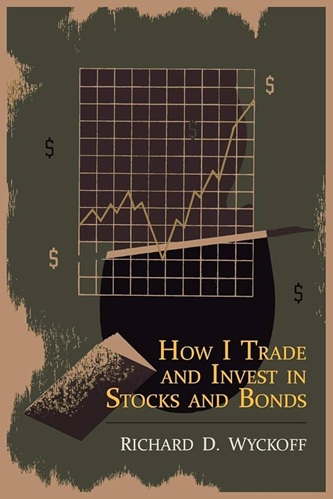
Elliana Newman (verified owner) –
Extremely well written, easy to follow, John Murphy makes market and ETF correlations with great skill. Initially I thought it was too basic but became more interested as John progressed into Parts three and four. Well worth the read and analysis.
Emani Arellano (verified owner) –
book from must read list , but even in 4th edition author keeps simplified view on market development. he can do more considering his experience.
Emberly Koch (verified owner) –
John has once again written a book that is highly informative showing how many key inter-market relationships continue to work and also why changes have taken place to others following market developments. He encourages the reader to take a broader view of the markets both across the asset classes and from an international perspective, highlighting that things happen in the markets for a reason and the analyst must uncover why through this type of analysis. The book is a must read for the new and experienced analyst or trader, it compliments traditional technical analysis and is packed with factual relationships that put the odds of improved success in ones favour. The book ends with some ideas on what may happen in the coming years but that requires ongoing analysis and focus on the inter-market relationships as they unfold!
Avery White (verified owner) –
Gr8 book on understanding the linkages ..
Tori Bowen (verified owner) –
A must have reference if you want to read the weather coming tomorrow when you are on the open ocean in your little sail boat.This one is not designed to teach you to tie knots like most trading system books.This is designed to give you the knowledge that stops you getting side swiped by the big storms coming that can sink your account .It also educates you to the point whereby you can really understand his newsletter on Stockcharts. This is the best market navigation book ever written.It allows me to sleep well at night with the confidence that I will be able to adjust position size before the big event that can change everything.The signs are obvious if you pay attention to the map of relationships described in this book.It simplifies the Macro picture and allows a timely decision before things get critical…perfect for the storm on the horizon!
Laylah Welch (verified owner) –
Very interesting and informative but also quite expensive, four stars.
Megan Stafford (verified owner) –
Easy read and helps prepare the investor for investing with the big picture in mind. I highly recommend it for every investor.
Megan Stafford (verified owner) –
For a serious investor and trader even for analysts this book this is blessing to understand intermarket analysis which is most important part of investing
Salvador Reilly (verified owner) –
Very Disappointed. In his book, he is just telling you what had happened 10,20,30 years ago. Book is all about facts, I could not find any educational materials as I expected to get.
Jasmine Duncan (verified owner) –
Excellent book!!! This should be required reading for all serious investors. I wish I had this book 20 years ago when I first started investing. This clearly explains how the markets are all inter-rated to each other. Stocks, bonds, commodities, currency and interest rates are all related to each other and this book explains how and why. Mr. Murphy continuously repeats major key points several times throughout the book, which is a good thing. Also sector rotation, indices and groups, ratios…..all of that is covered. A great foundation. A must read.
Kellan Medina (verified owner) –
This was a total disappointment. It is very repetitive, mostly a history lesson and written as a textbook without providing much in the way of tangible strategies to “beat the market”. Even in terms of history lessions, the author seems to go as far as to imply the market crash of 2008 was due to fed policy rather than the well known actual reasons.
Hendrix Harrison (verified owner) –
Excellent, enlightening, and useful.
Alfredo Lu (verified owner) –
This is the fourth book by John Murphy I have read and is the latest edition of his work on intermarket analysis of the stock market. The previous versions were written in a ponderous style and the charts were in B&W. I was never able to finish the original edition. I suspect the publishing company insisted on a revision when the realized how important this was. This edition assesses the 2007-8 “Great Recession” and its causes along with the 2000 bear market before it to show the interrelationship between the bond, stock, commodies and dollar. This edition has color charts and a more narrative writing style, which is much easier to take in. The main points are emphasized as “John’s Tips” and there is a quiz at the end of each chapter to help the reader assess their learning. The essential theory of intermarket analysis is that all financial markets, stocks, bonds, commodities, and the dollar (not to mention foreign currencies) are interrelated. As the stock market transitions from one stage to the other, expansion to contraction, the other three markets are reacting in predictable ways and confirm trading decisions. While these reactions are not guaranteed, they have considerable predictable value.
Anderson Burnett (verified owner) –
Every investor should read